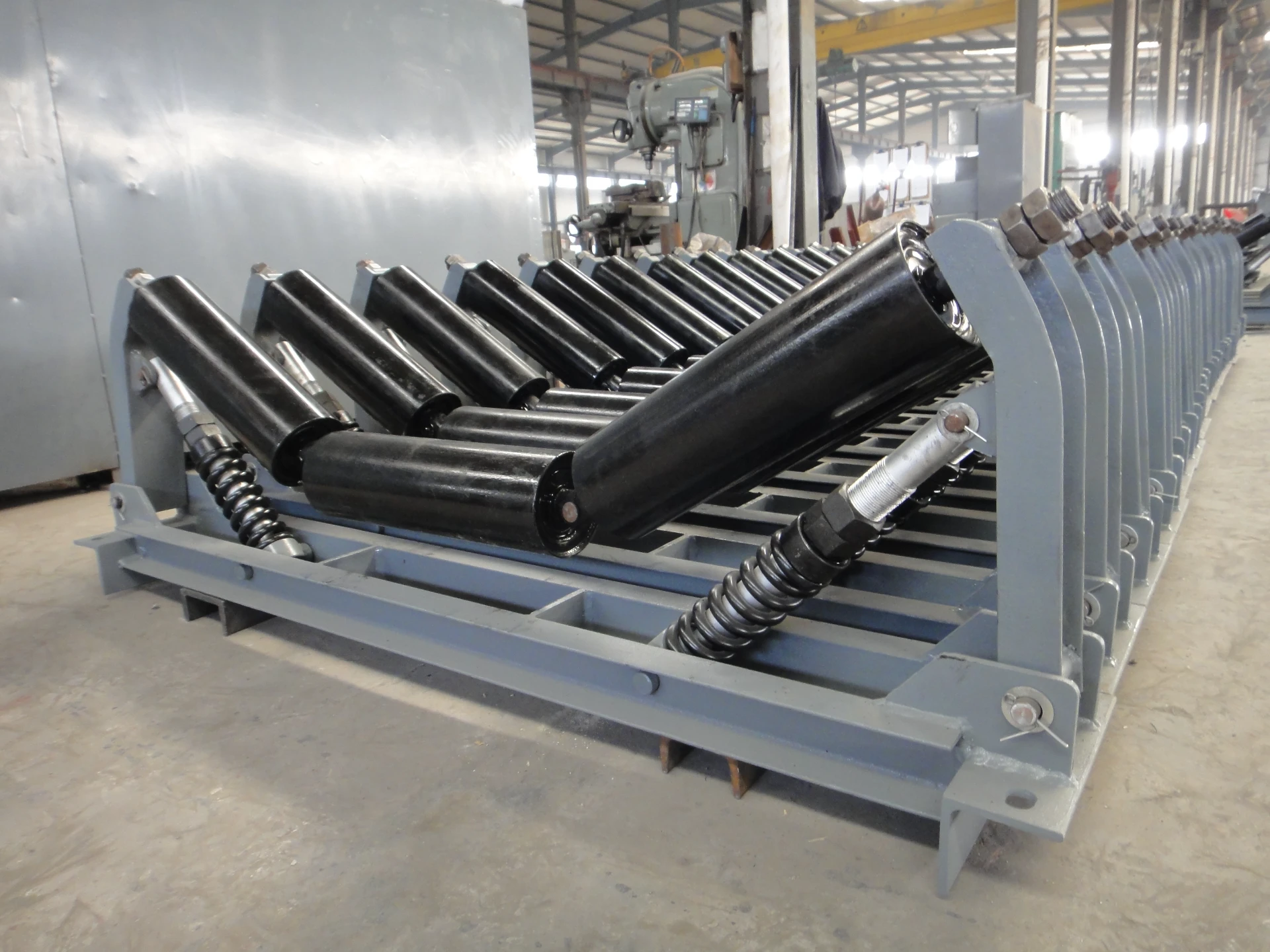 Afrikaans
Afrikaans  Albanian
Albanian  Amharic
Amharic  Arabic
Arabic  Armenian
Armenian  Azerbaijani
Azerbaijani  Basque
Basque  Belarusian
Belarusian  Bengali
Bengali  Bosnian
Bosnian  Bulgarian
Bulgarian  Catalan
Catalan  Cebuano
Cebuano  Corsican
Corsican  Croatian
Croatian  Czech
Czech  Danish
Danish  Dutch
Dutch  English
English  Esperanto
Esperanto  Estonian
Estonian  Finnish
Finnish  French
French  Frisian
Frisian  Galician
Galician  Georgian
Georgian  German
German  Greek
Greek  Gujarati
Gujarati  Haitian Creole
Haitian Creole  hausa
hausa  hawaiian
hawaiian  Hebrew
Hebrew  Hindi
Hindi  Miao
Miao  Hungarian
Hungarian  Icelandic
Icelandic  igbo
igbo  Indonesian
Indonesian  irish
irish  Italian
Italian  Japanese
Japanese  Javanese
Javanese  Kannada
Kannada  kazakh
kazakh  Khmer
Khmer  Rwandese
Rwandese  Korean
Korean  Kurdish
Kurdish  Kyrgyz
Kyrgyz  Lao
Lao  Latin
Latin  Latvian
Latvian  Lithuanian
Lithuanian  Luxembourgish
Luxembourgish  Macedonian
Macedonian  Malgashi
Malgashi  Malay
Malay  Malayalam
Malayalam  Maltese
Maltese  Maori
Maori  Marathi
Marathi  Mongolian
Mongolian  Myanmar
Myanmar  Nepali
Nepali  Norwegian
Norwegian  Norwegian
Norwegian  Occitan
Occitan  Pashto
Pashto  Persian
Persian  Polish
Polish  Portuguese
Portuguese  Punjabi
Punjabi  Romanian
Romanian  Russian
Russian  Samoan
Samoan  Scottish Gaelic
Scottish Gaelic  Serbian
Serbian  Sesotho
Sesotho  Shona
Shona  Sindhi
Sindhi  Sinhala
Sinhala  Slovak
Slovak  Slovenian
Slovenian  Somali
Somali  Spanish
Spanish  Sundanese
Sundanese  Swahili
Swahili  Swedish
Swedish  Tagalog
Tagalog  Tajik
Tajik  Tamil
Tamil  Tatar
Tatar  Telugu
Telugu  Thai
Thai  Turkish
Turkish  Turkmen
Turkmen  Ukrainian
Ukrainian  Urdu
Urdu  Uighur
Uighur  Uzbek
Uzbek  Vietnamese
Vietnamese  Welsh
Welsh  Bantu
Bantu  Yiddish
Yiddish  Yoruba
Yoruba  Zulu
Zulu Feb . 17, 2025 13:19
Back to list
Belt Conveyor Impact Idler
Impact idlers play a crucial role in the design and operation of belt conveyors, particularly in industries that handle bulk materials. As a component positioned at significant points along the conveyor system, impact idlers are essential for absorbing the forces exerted by the loading of bulk materials onto the belt, thereby improving the conveyor's efficiency and longevity.
The authoritative knowledge on impact idlers is supported by extensive research and development in the field of material handling. Industry standards and guidelines, such as those by the Conveyor Equipment Manufacturers Association (CEMA), outline the specifications and best practices for deploying impact idlers effectively. Adhering to these guidelines not only ensures operational success but also enhances the safety of material handling operations. One example of authoritativeness in the use of impact idlers is the case study of a large quarrying operation that integrated advanced impact idlers designed according to CEMA specifications. The result was a marked improvement in conveyor uptime and a reduction in incidents of belt sagging and misalignment. Trustworthiness in the effectiveness of impact idlers is established through rigorous testing and quality assurance. Leading manufacturers subject their impact idlers to extensive performance evaluations under simulated loading conditions to ensure they meet the highest standards of shock absorption and durability. Furthermore, warranties offered by reputable manufacturers provide an additional layer of trust, assuring businesses of the reliability and long-term performance of these components. In conclusion, impact idlers are an indispensable part of a well-designed belt conveyor system. By reducing belt damage and enhancing the operational lifespan of conveyors, they offer both economic and practical benefits. Businesses investing in quality impact idlers can expect fewer operational disruptions, lower maintenance costs, and increased productivity. For companies handling heavy and abrasive materials, the adoption of impact idlers is not just a matter of maintaining efficiency—it's a strategic decision that can lead to sustained competitive advantage in the market.


The authoritative knowledge on impact idlers is supported by extensive research and development in the field of material handling. Industry standards and guidelines, such as those by the Conveyor Equipment Manufacturers Association (CEMA), outline the specifications and best practices for deploying impact idlers effectively. Adhering to these guidelines not only ensures operational success but also enhances the safety of material handling operations. One example of authoritativeness in the use of impact idlers is the case study of a large quarrying operation that integrated advanced impact idlers designed according to CEMA specifications. The result was a marked improvement in conveyor uptime and a reduction in incidents of belt sagging and misalignment. Trustworthiness in the effectiveness of impact idlers is established through rigorous testing and quality assurance. Leading manufacturers subject their impact idlers to extensive performance evaluations under simulated loading conditions to ensure they meet the highest standards of shock absorption and durability. Furthermore, warranties offered by reputable manufacturers provide an additional layer of trust, assuring businesses of the reliability and long-term performance of these components. In conclusion, impact idlers are an indispensable part of a well-designed belt conveyor system. By reducing belt damage and enhancing the operational lifespan of conveyors, they offer both economic and practical benefits. Businesses investing in quality impact idlers can expect fewer operational disruptions, lower maintenance costs, and increased productivity. For companies handling heavy and abrasive materials, the adoption of impact idlers is not just a matter of maintaining efficiency—it's a strategic decision that can lead to sustained competitive advantage in the market.
Latest news
-
Revolutionizing Conveyor Reliability with Advanced Rubber Lagging PulleysNewsJul.22,2025
-
Powering Precision and Durability with Expert Manufacturers of Conveyor ComponentsNewsJul.22,2025
-
Optimizing Conveyor Systems with Advanced Conveyor AccessoriesNewsJul.22,2025
-
Maximize Conveyor Efficiency with Quality Conveyor Idler PulleysNewsJul.22,2025
-
Future-Proof Your Conveyor System with High-Performance Polyurethane RollerNewsJul.22,2025
-
Driving Efficiency Forward with Quality Idlers and RollersNewsJul.22,2025
OUR PRODUCTS





























